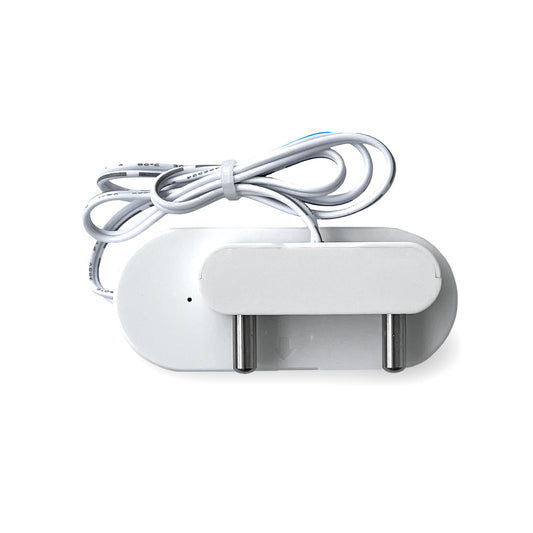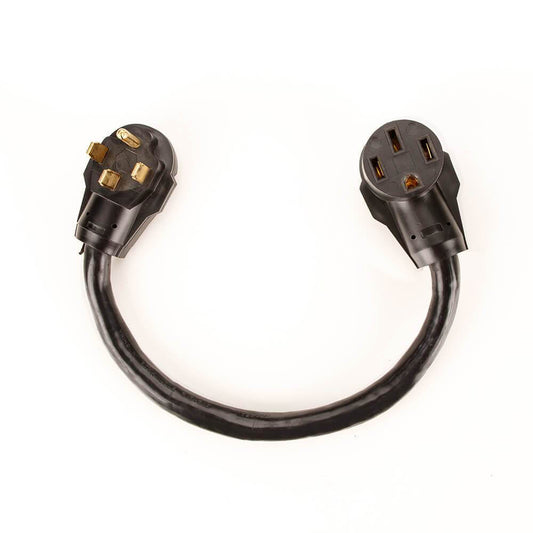4 Carbon Monoxide Safety Tips
Carbon monoxide, otherwise known as "the invisible killer", while a potential threat all year long, becomes more common during the Winter months.
The National Fire Protection Association (NFPA) states that carbon monoxide (CO) is
“an odorless, colorless gas created when fuels such as gasoline, wood, coal, propane, etc. do not burn completely."
Why is carbon monoxide dangerous?
"In the home, heating and cooking equipment that burn fuel are potential sources of CO.” this means every home has potential risk for CO poisoning.
In 2023, there were 82,245 confirmed CO incidents that required a local fire department response and at least 430 people died of unintentional non-fire carbon monoxide poisoning.
When the colorless, odorless gas CO gets in your home, you will likely get poisoned before you ever realize there is any risk. The dangers of CO poisoning depend on health factors and other variables, but it's best to prevent CO poisoning at all costs.
4 tips to prevent carbon monoxide poisoning
So how can you prevent CO poisoning? Here are 5 simple tips to stay safe from Carbon Monoxide.
1. Install CO alarms in your home
The NFPA says that
"CO alarms should be installed in a central location outside each sleeping area and on every level of the home and in other locations where required by applicable laws, codes or standards. For the best protection, interconnect all CO alarms throughout the home. When one sounds, they all sound."
We suggest getting alarms that are easy to install and resist sounding false alarms. Our CO alarms double as a natural gas (methane) sensor doubling the protection for half the effort.
Make sure to test your alarm monthly. Testing not only ensures your sensor is working properly but also gives you peace of mind knowing you don't have to worry about CO poisoning.
Check the manufacturers instructions to know when to replace the batteries in your alarm.
If your alarm sounds get everyone inside to go outside and call emergency personnel.
2. Use outside equipment outside
Keep your grills or generators away from open doors or windows. The burning fuel can produce CO leading to emergency events.
This also includes your vehicles. If you need to warm a vehicle, make sure it isn't running in your garage. Only leave your car running completely outside if necessary.
3. Check pilot lights
If your pilot light is burning yellow instead of mainly blue, there is likely CO being produced. Get outside and call emergency personnel ASAP.
Make sure to check the pilot lights on natural gas appliances such as your stoves, grills, or water heaters.
4. Clean after snowstorms
Snow can block the vents that help keep CO from building up inside. Clear snow from your fireplace, stove, furnace, and dryer. Make sure the exhaust pipe of your car is clear of snow as well.
Signs of Carbon Monoxide Poisoning
If you or someone nearby are experiencing these symptoms and suspect it might be due to carbon monoxide poisoning, get outside and call emergency services.
- Headache
- Weakness
- Dizziness
- Nausea or vomiting
- Shortness of breath
- Confusion
- Blurred vision
- Sleepiness
- Loss of muscle control
- Loss of consciousness
With a wide range of symptoms it can often be hard to detect CO poisoning, so prevention is critical.
Buy a Carbon Monoxide alarm here to keep you and your family safe from CO poisoning





